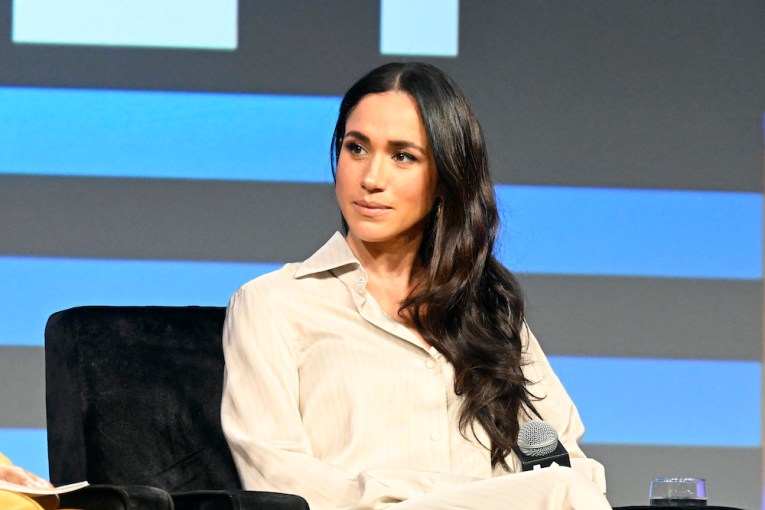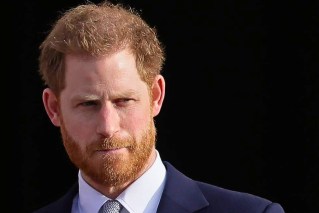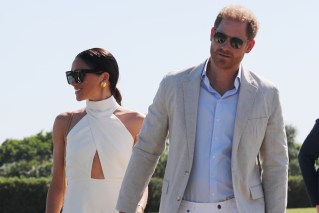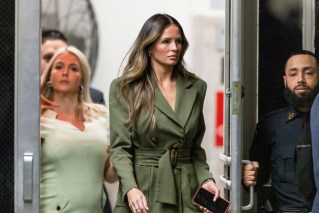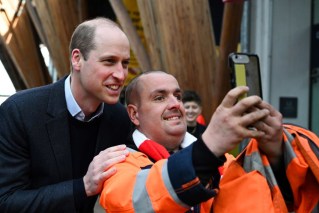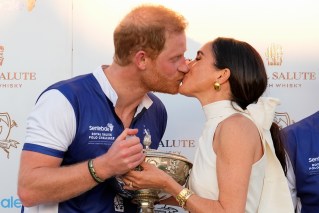Princess Diana’s fatal injury was ‘tiny’, says UK forensic pathologist

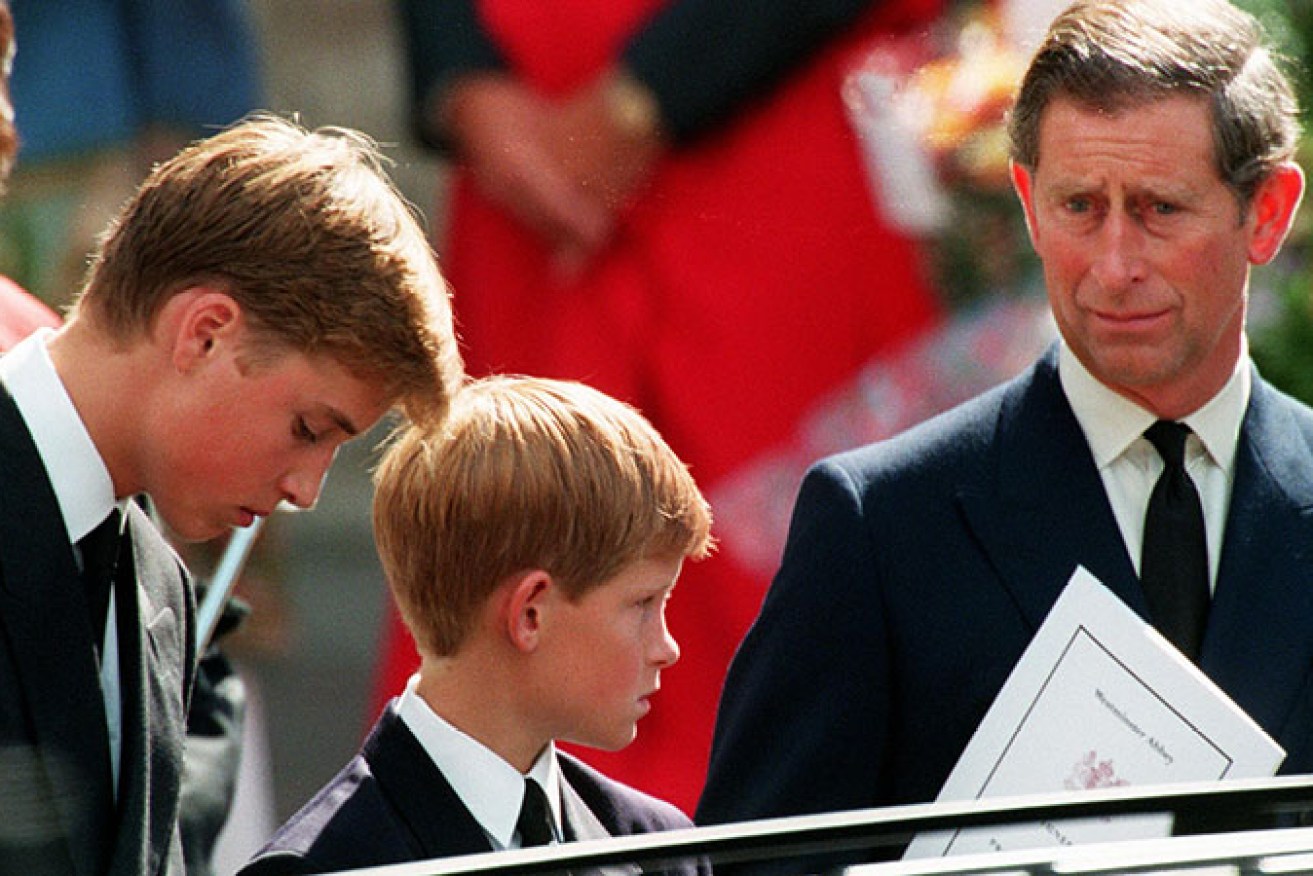
Prince Charles (right) and his sons, Prince William (left) and Prince Harry, at the funeral of Princess Diana. Photo: AAP
The injury that caused Princess Diana’s death in a 1997 Paris car crash was “tiny” but in the “wrong” place, according to the leading UK forensic pathologist who reviewed the case.
Dr Richard Shepherd concluded Diana, who was 36 when she died, “actually suffered just a few broken bones and a small chest injury”, but her wounds included a “tiny tear” in a vein in one of her lungs.
“Her specific injury is so rare that in my entire career I don’t believe I’ve seen another,” Dr Shepherd has revealed.
When paramedics arrived at the scene in the Pont de l’Alma road tunnel where Diana’s Mercedes-Benz had crashed, she at first seemed stable and was able to talk, Dr Shepherd said.
“However, the vein was slowly bleeding into her chest,” he wrote in his new book Unnatural Causes, which was excerpted by The Mail on Sunday in the UK on Sunday.

Princess Diana’s coffin is carried into Westminster Abbey. Photo: Getty
In the ambulance that raced her to the Pitié-Salpétrière Hospital, Diana slowly lost consciousness before suffering a cardiac arrest.
“Every effort was made to resuscitate her and in hospital she went into surgery, where they did identify the problem and attempted to repair the vein,” Dr Shepherd said.
“But, sadly, by then it was too late.”
The forensic pathologist, who has done more than 23,000 autopsies in his career including the victims of 1987’s Hungerford massacre, was asked to review the evidence in the 2004 police inquiry led by Sir John Stevens into Diana’s death.
He said Diana’s death was totally avoidable had she been wearing a seat belt in the crash on August 31, 1997.
Diana was in the back seat of the Mercedes after a night at the Ritz Hotel with her boyfriend Dodi Fayed, 42.
Mr Fayed was next to Diana in the car, which was driven by Fayed family chauffeur Henri Paul. Next to him was Diana’s bodyguard Trevor Rees-Jones, the only person to survive the accident.

The man who treated Diana 20 years ago thought she would survive the crash. Photo: Getty
When the car crashed into a concrete pillar in the tunnel, Mr Paul hit the steering wheel but was then immediately hit from behind by Mr Fayed “who was a big man and who was traveling at more than 60mph”, wrote Dr Shepherd.
“Henri Paul effectively acted as Dodi’s airbag and he died instantly. So did Dodi.”
Princess Diana was “slightly more fortunate” because although she was thrown forward in the car into Mr Rees-Jones, he was the only occupant of the car wearing a seatbelt.
This “slightly lessened the energy of the impact” for her, wrote Dr Shepherd.

The world mourned with Diana’s family during her funeral.
Because she was able to communicate with paramedics, their attention was focused on her bodyguard.
“Her initial period of consciousness and initial survival after the accident is characteristic of a tear to a vital vein. Anatomically, it’s hidden away, deep in the centre of the chest,” the forensic pathologist said.
He said Diana’s death was a “classic example” of saying ‘if only’ with hindsight: If only she had been put in an ambulance immediately, and if only she had been wearing a seatbelt.
“The biggest if only, in Diana’s case, was within her own control,” Dr Shepherd said.
Had she been restrained, he found, she would have probably appeared in public two days later, “breathless from the fractured ribs” and with a broken arm in a sling.
Despite conspiracy theories that have swirled since the princess’s death 21 years ago, Dr Shepherd said he “entirely” concurred with the findings of the 2004 inquiry: “It was a tragic accident.”
